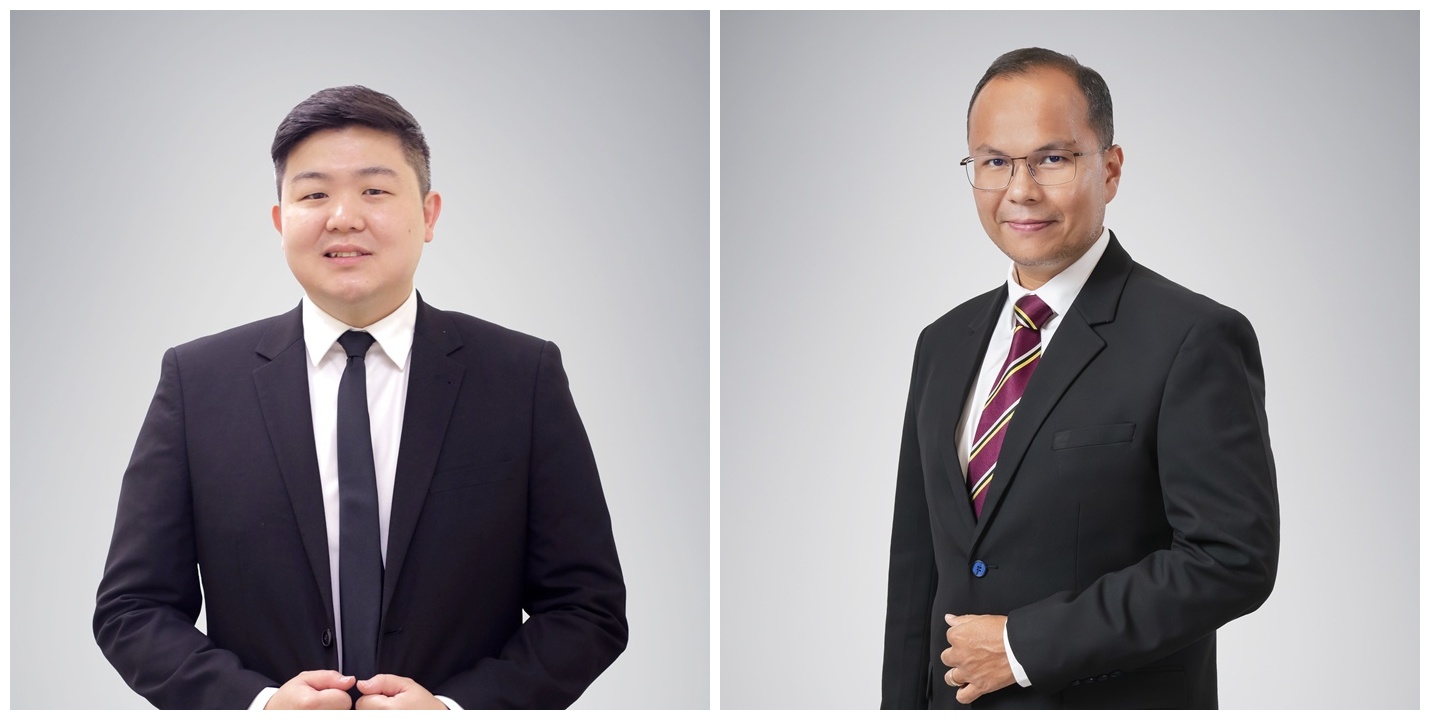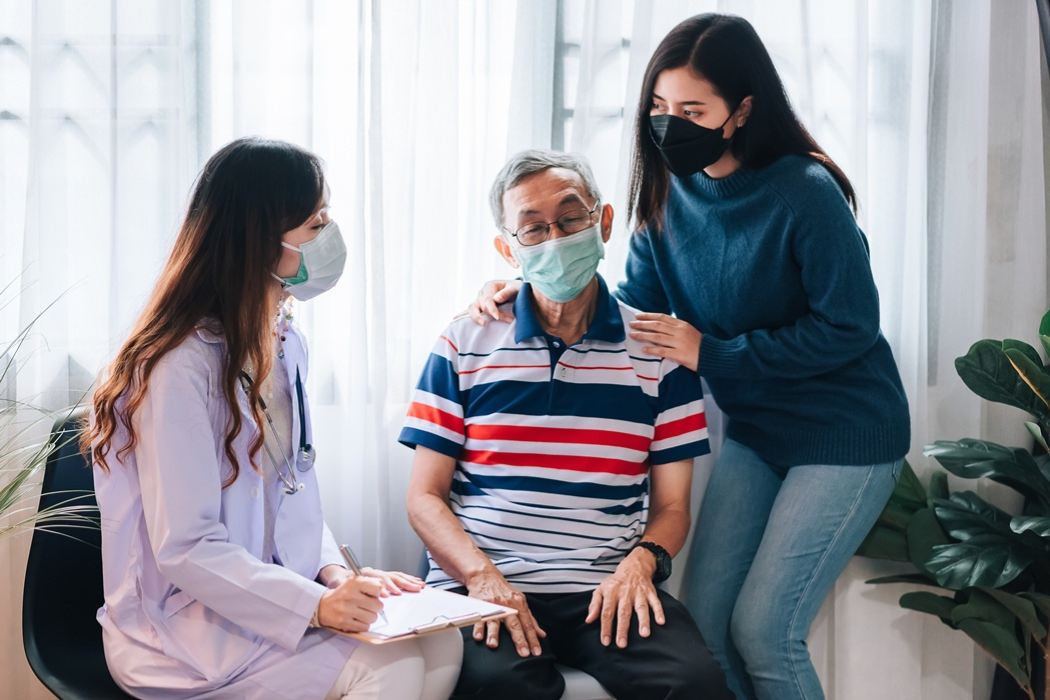Every second counts when it comes to a stroke. For every minute that passes after the onset, approximately 1.9 million neurons are lost. Globally, stroke remains the second leading cause of death, with over 12.2 million new cases reported in 2019(1). In Malaysia, the numbers are equally concerning, with 47,911 new stroke cases and nearly 20,000 deaths recorded that same year(2).
Dr Aaron Lai Kuo Huo, Consultant Emergency Medicine, and Dr Mohamad Imran Bin Idris, Consultant Neurologist from Sunway Medical Centre, Sunway City explain that the first 72 hours after a stroke are critical for recovery. They highlight the importance of rapid intervention, careful monitoring, and a multidisciplinary approach to improving outcomes and reducing long-term disability.

Dr Aaron Lai Kuo Huo (left), Consultant Emergency Medicine, and Dr Mohamad Imran Bin Idris, Consultant Neurologist from Sunway Medical Centre, Sunway City (right)
Why Every Minute Matters After a Stroke
While public awareness campaigns focus on recognising stroke symptoms through the B.E. F.A.S.T. acronym(3), what happens after a patient reaches the hospital is equally crucial.
“The first 72 hours can determine whether a person recovers fully or faces long-term disability. When a stroke strikes, the brain is deprived of oxygen, and damage starts immediately. Quick interventions, like clot-busting drugs or thrombectomy, can save lives and preserve brain function, but these must happen fast.” – ” Dr Aaron Lai
Studies show that patients receiving thrombolytic therapy within the first 4.5 hours from the onset of stroke symptoms have a much higher chance of functional recovery(4). This “golden hour” dramatically improves the likelihood of a full recovery.

The Importance of the First 72 Hours
A multidisciplinary team ensures immediate and effective treatment once a stroke patient arrives at the hospital. The first 72 hours, often referred to as the “crucial window”, can mean the difference between life and death or between full recovery and permanent disability.
“In these 72 hours, we focus on preventing complications like secondary strokes or brain swelling. After treatments such as thrombolysis or thrombectomy, we closely monitor the patient, often repeating brain scans within the first 24 hours to check for bleeding or other complications.” – Dr Mohamad Imran.
During this time, key health factors such as blood pressure, blood sugar, and hydration are stabilised, as they play a pivotal role in reducing brain damage. Early rehabilitation is also vital. “The sooner we can begin therapy, usually within 48 to 72 hours, the better the patient’s chances of regaining mobility and independence,” Dr Mohamad Imran adds.
The urgency of immediate stroke care is underscored by success stories of patients who benefited from rapid treatment and care. Dr Aaron recalls treating a young man in his late twenties who suffered a stroke after a gym session. “He arrived at the hospital within an hour of experiencing left-sided weakness and slurred speech. Thanks to quick recognition and a fast response, we administered clot-busting therapy within 40 minutes. He regained full function within days and was discharged without lasting damage,” he shares.

Harmful Misconception about strokes
One harmful misconception is that a “mini stroke,” or Transient Ischaemic Attack (TIA), is not serious. Dr Mohamad Imran warns against this false sense of security. “I try not to use the term ‘mini stroke’ because it downplays the severity. Even with a TIA, the risk of having a full-blown stroke is very high, particularly in the first 48 hours. It’s crucial to treat any stroke symptoms urgently,” he explains.
Dr Aaron also highlights the risks associated with Transient Ischaemic Attacks (TIA), “Patients with a TIA must seek medical attention immediately, even if symptoms resolve quickly. Up to 1 in 5 patients with TIA will have a major stroke within the first 90 days, with half occurring in the first 48 hours.(5)”
Stroke Rising Among Younger People
Strokes are increasingly affecting younger people in Malaysia, largely due to lifestyle factors like poor diet, obesity, smoking, and lack of physical activity. Studies have shown a 53.3% and 50.4% increase in stroke among men and women 35-39 years(6). “We’re seeing more metabolic syndromes in younger people, and these are major contributors to strokes,” says Dr Aaron Lai. He notes that younger patients often fail to recognise early symptoms or delay seeking treatment, leading to worse outcomes.
A Holistic and Multidisciplinary Approach to Stroke Recovery
Effective stroke care goes beyond immediate emergency interventions. A comprehensive, multidisciplinary approach is key to a patient’s recovery. Teams of neurologists, physiotherapists, occupational therapists, and speech therapists work together to guide patients through recovery.

“Stroke patients benefit enormously from early rehabilitation,” says Dr Mohamad Imran. “Whether regaining the ability to walk, swallow, or speak, starting therapy as soon as the patient is stable maximises their chances of regaining independence.”
Family involvement also plays a critical role. Stroke survivors supported by loved ones throughout their recovery journey tend to experience better outcomes. Dr Mohamad Imran shares, “Families are often guided on how to help their loved ones regain strength, manage medications, and cope with the emotional challenges of post-stroke recovery that could hinder their recovery journey.”
The first 72 hours after a stroke are crucial for shaping a patient’s future. With the rising prevalence of strokes in Malaysia and worldwide, awareness of early symptoms and the importance of post-stroke care is more critical than ever. Dr Mohamad Imran concludes, “It’s not just about saving lives, it’s about preserving the quality of life.”











